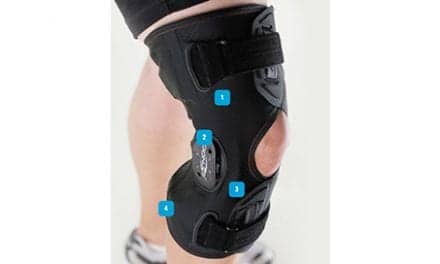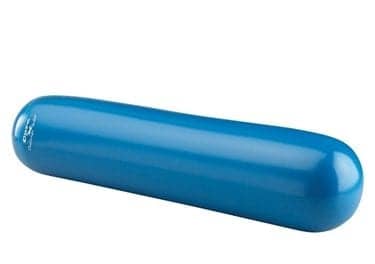Zebra Medical Vision and Clalit Health Services have devised an algorithm that, according to the companies, uses existing CT data to identify candidates for bone density screening and therefore identify patients at risk for osteoporosis earlier.
According to a media release, the algorithm has the ability to calculate one’s bone density using CT scans that are performed for other purposes. In this way, patients can be identified as at risk for osteoporosis without the need for any additional procedures or radiation, and then can be referred to preventative care programs.
“Since it is common to find existing CT scans for the relevant age groups inside the provider’s system, it is a more efficient screening process, enabling the identification of patients at risk without additional expenditures and time investment,” says Prof Ran Balicer, Head of Clalit Research Institute, in the release. “Combining the data obtained from this tool together with demographic and medical data at the institute, will enable the efficient prediction of high fracture risk.”
“The strength of our analytics platform is in its ability to find connections between vast amounts of clinical data that has not been cross-examined, and build smart models to improve care,” states Elad Benjamin, Zebra Medical Vision CEO, in the release. “With a billion people joining the middle class globally by 2020, and a limited number of physicians and medical students, there is clearly a need to develop tools such as these that will help healthcare tackle this immense challenge.”
[Source(s): Zebra Medical Vision, Business Wire]





